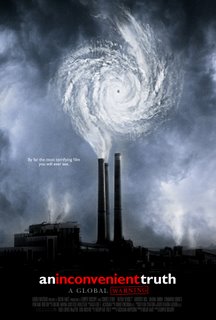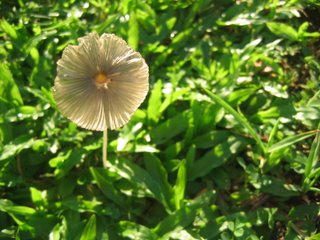The Million Dollar Question for Singapore: What's Holding Back Our Entrepreneurs?
Over lunch, I asked my friend from the Singapore-MIT Alliance program his plans after graduation. I was curious whether he would stay here in the US, head to Singapore or return home to India. He replied he would eventually want to start his own company, and that launched an extended discussion on entrepreneurship in Singapore. He felt Singapore was the shining star in Asia for starting up due to its excellent Intellectual Property laws, I countered by saying the culture of risk-taking is absent, success stories are few and stale, and related stories of a couple of would-be entrepreneurs I know who are now bankers.
Banking
Dipankar, a Director of Technology in a small Singapore firm, wonders at the lack of Singaporean presence on BusinessWeek's Asia's Best Entrepreneurs under 25. Part of the answer can be found on the Straits Times' titillating headline today of "Young super earners" (emphasis mine). The cover story details the astronomical compensations bankers receive. The moral of ST's story? The best way to earn money is no longer through studying law or medicine, with banking you can make more - faster. Singapore is trying to do everything at the same time, attract more private wealth and develop the banking industry while encouraging local start-ups. Does banking, an industry that promises money straight up, siphon off talent that might have otherwise ventured into starting companies?
National Service
Since the BW article specifies "under 25," Paddy Tan, founder of BAK2u, guessed that "hitting it big before 25 years of age is not easy especially where majority of the males have to enter the national service for a couple of years." If age were not the issue, would Singapore measure up to the rest of Asia? I know at least Israel does really well in entrepreneurship and tech start-ups.
Lack of poster boy/girl companies
Hardwarezone, the closest Singapore gets to YouTube, was sold to Singapore Press Holdings for $7.1 million when it had an annual revenue of $6million. Tangowing encapsulates the idea in his lament that "the Creative story is just so old." Cobalt Paladin points out that Finland, with the same population as Singapore, has Nokia.
Risk Adverse Culture, Scholarships
In an interview with InnovationMagazine.com, Guy Kawasaki brings up Israel as an example where population is small but people are risk-takers: "Israel has five million people, six million entrepreneurs, and fifteen million opinions. Singapore has five million people, six entrepreneurs, and one opinion."
He also suggested some radical ideas like "eliminate government service following government-sponsored education abroad."
Money
MIT's entrepreneurship competition gives USD$100k, SMU's competition gives only USD$20k. Is that why???
My friends
Since I'm trained as an economist and an engineer, I'm always inclined to dismiss anecdotes as biased sampling. But here I would like to share some random personal stories of friends with you. Stories related people who, at one point or another, were pursuing activities for reasons like passion on top of money.
- A friend who was part of the team that was in the semis for the Lee Kuan Yew Global Business Plan Competition (USD $20k) He now works for a big pharma firm, a MNC. I'm not sure if he will start-up something some day.
- A friend who worked at O'Brien's in preparation of starting his own sandwich shop in the underserved (in terms of healthy food) CBD. I helped him draft corporate identity for the store. He now works for a big bank.
- A friend who took a semester off Wharton to start a boxers line under his parents' license. My other friend made a documentary. After graduating, he'll start by working for some big firm.
- Some alumni I met as a pre-frosh, who left banking to start a photography+film school.
- Close friend of mine, photographer.
- Another photographer, related to a close friend of mine.
- My favorite Singapore graphic designers (:Phunk) who made it.
- My friend Kaushal, who used to work with Woolert (still under development).
My friend says over MSN:
VCs in SingaporeMy friend also points me to a success story from the NUS Overseas College program
but anyway, its not for the lack of entrepreneurs or wannabes.....its the mentality of VCs here, who i find very diff from those in US. VCs or even angels here demand to see a positive cash flow before wanting to invest and thats ridiculous. VCs/angels here are risk averse. yes why not just mention the VC/angel environment here
hmm but singapore is truly unique, it wont be a silicon valley, but hey, the gov is as entrepreneurial as they come by. if govs could win awards for being entrepreneurial, i dare say Singapore would be in the running for the award






 A clarinet soloist performs during the Royal Concert at VCH
A clarinet soloist performs during the Royal Concert at VCH


